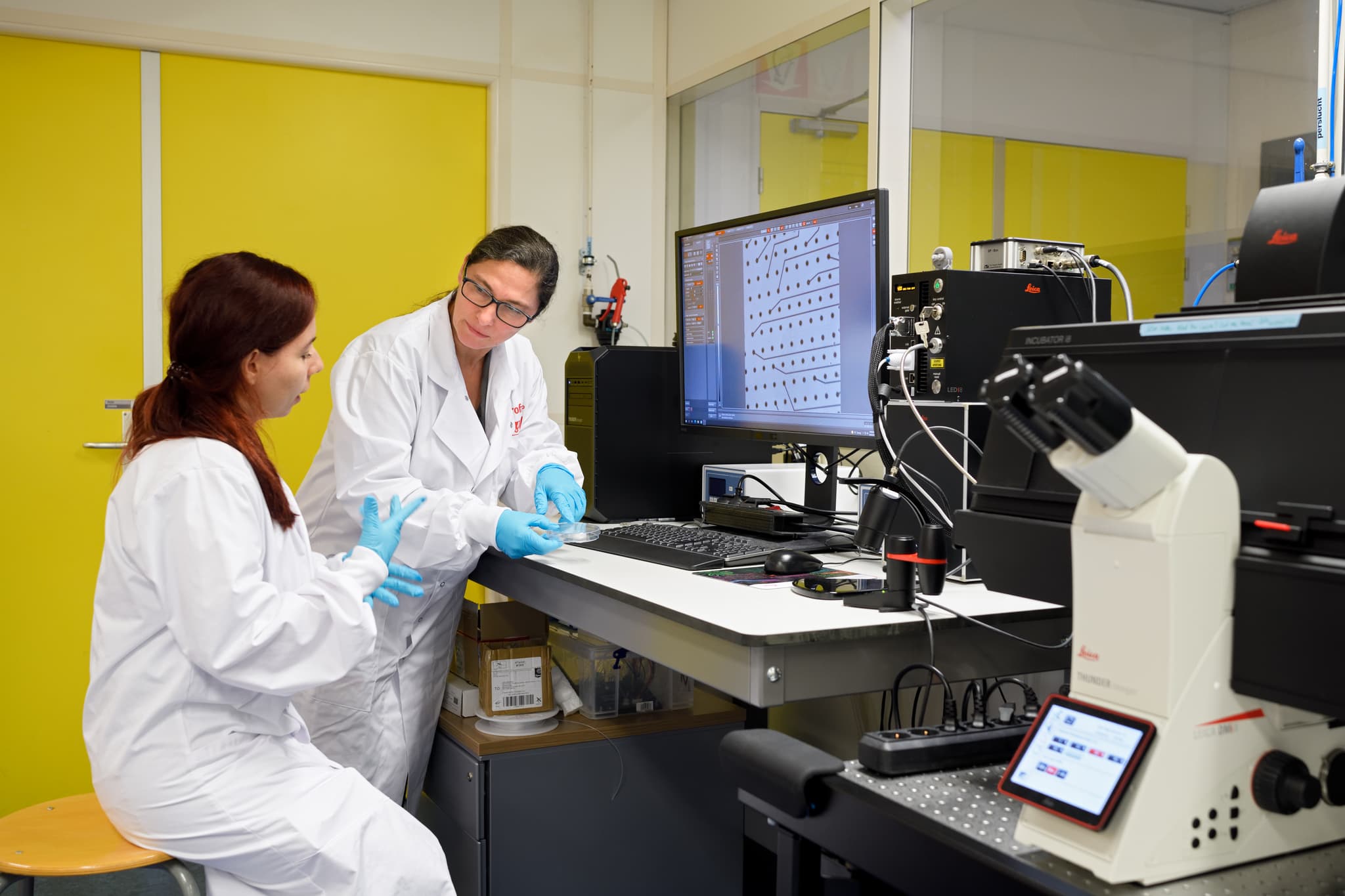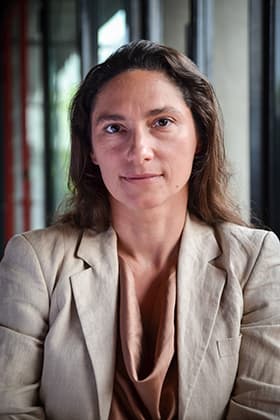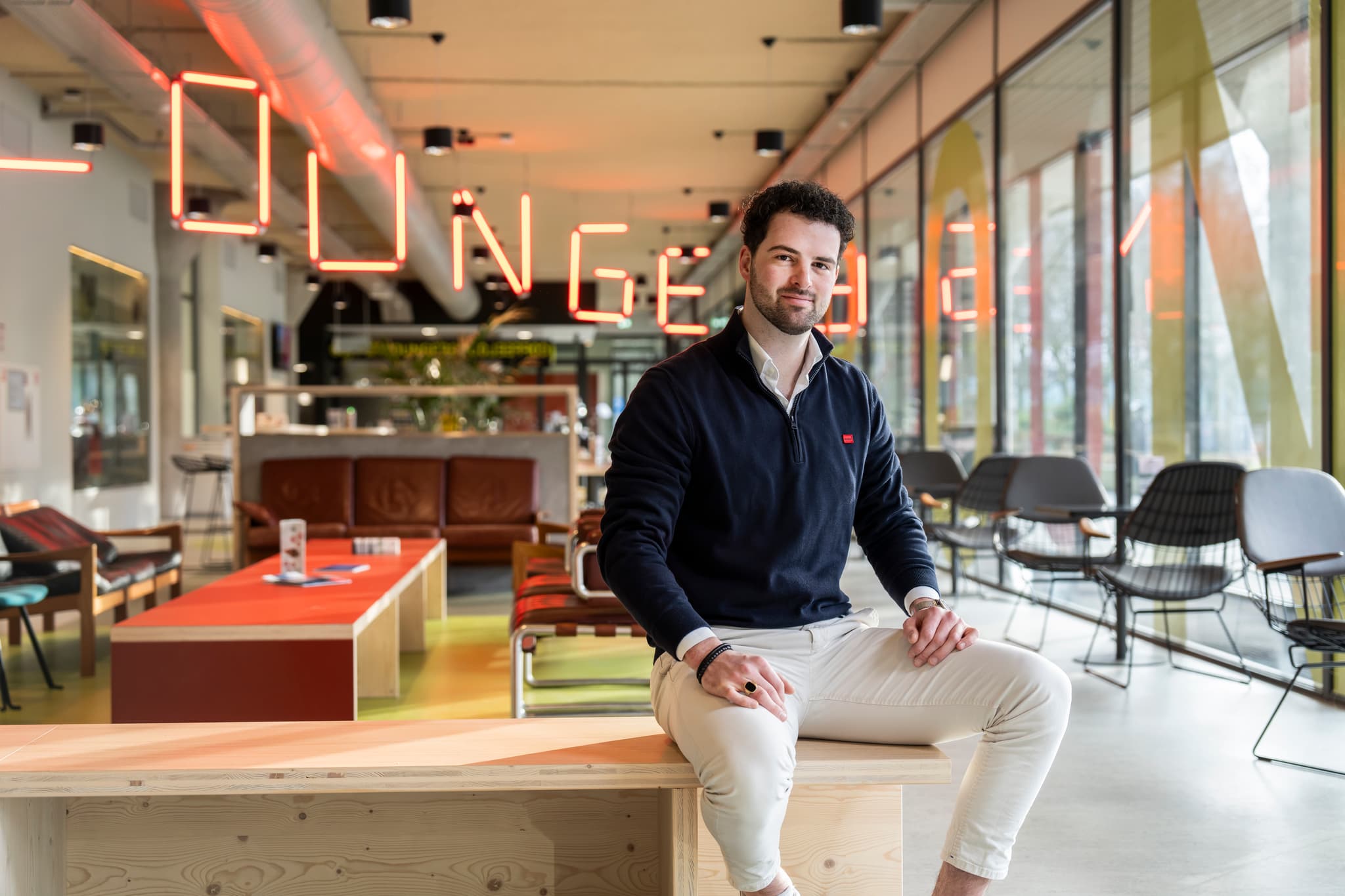Brain-on-a-chip models open new possibilities in fight against brain diseases
2ndB, a spin-off of Eindhoven University of Technology (TU/e), is working on brain-on-a-chip models.
Published on February 4, 2025

Our DATA+ expert, Elcke Vels, explores AI, cyber security, and Dutch innovation. Her "What if..." column imagines bold scenarios beyond the norm.
Mini brains on a chip - it may sound crazy, but with this solution, scientists can better understand brain diseases such as Parkinson's and Alzheimer's and develop new drugs. 2ndB, a spin-off of Eindhoven University of Technology (TU/e), is working on brain-on-a-chip models. Their goal is clear: “To significantly improve the success rate for drugs,” said Regina Luttge, founder of the company.
With an aging population, they are becoming more common: neurodegenerative diseases, in which nerve cells die at an accelerated rate over time. Researchers estimate that more than 50 million people worldwide suffer from these diseases. They lead to a (gradual) loss of brain function and also often reduce quality of life.
Many diseases of the human brain remain untreatable, in part because drugs cannot be properly tested on models that do not adequately mimic the complex structure of the brain. Here's the thing: The pharmaceutical industry now primarily uses flat cell models - cells in a simple petri dish - and animals to test drugs. “Cell models, however, lack the complex structure of a living brain, and animal models often give results that cannot be translated well enough to humans. As a result, many drugs fail in the clinical testing phase,” explains Luttge, who in addition to being the founder of 2ndB (2019) is also an associate professor in the Microsystems section at TU/e.

This is where brain-on-a-chip models come in. They read the activity of cultured human nerve cells while being as simple to use as a traditional cell model. Luttge: “For simple toxicity tests, a simple petri dish is often sufficient, but for the complex network functions of brain tissue, a 3D model (brain organoids) is really of great value.” A 3D model mimics the connections of brain cells better than a flat 2D model. This allows signal transmission between nerve cells to be studied more realistically.
In collaboration with TU/e, the company recently received an NWO grant of €40,000, which allowed the brain-on-a-chip technology to be further developed. This funding laid the foundation for further commercial development.
Innovation in full swing at 2ndB
2ndB is working hard to further develop the models. CTO Nick Gartsen: “Our goal is to develop technology that accurately reads and translates the signals from advanced mini-brain models. With this, we want to precisely assess the effects of new drugs against neurodegenerative diseases, such as Parkinson's, even before they are tested on humans.”

Collaboration is key
Collaborations are central to 2ndB's innovations. “To improve our brain-on-a-chip technology, we collaborate not only with brain organoid experts but with specialists from different fields, such as chip makers,” Gartsen says. “This multidisciplinary approach - which includes international partners - helps us understand what is needed to achieve the best results.”
Brain-on-a-chip: an added value for pharmacists
Brain-on-a-chip models can bring great benefits to society. They are especially valuable for pharmaceutical companies and Contract Research Organizations (companies that conduct research on behalf of pharmaceutical and biotechnology companies), which want to make drug research more efficient. The models are mainly used in the preclinical phase, where they help optimize research processes. This enables companies to advance faster to the next phases of drug development.
Milestones
Over the years, TU/e has achieved several important milestones. One is the development of so-called microtunnels: an innovative system that can read the signal transmission of a complex brain organoid via its axonal offshoots. “Together with several partners, we managed to demonstrate the operation of this concept. With TU/e's support, further construction can now be done via 2ndB, to validate the concept and bring it to the market.
A flying start thanks to The Gate
In addition to scientific milestones, 2ndB has also made a lot of progress in terms of entrepreneurship. The cooperation with The Gate - a platform that helps tech startups in the first phase to set up the business case - was indispensable for this, Luttge says.
Among other things, The Gate added a lot of value in Gartsen's training. “I was still studying when I started at 2ndB. But through The Gate Academy, I came into contact with seasoned entrepreneurs who shared their stories about pitching, budgeting, and raising investments. From advice on optimizing and properly guiding a product development process to drafting a contract, thanks in part to The Gate, we were able to make a strong start,” Gartsen said.
Work to be done
2ndB has ambitious plans for the time ahead. The team is focused on completing the NWO Take-off 1 and applying for a follow-up grant. “An important part of this is to convert the knowledge into working prototypes and thus use the principle of reading out nerve cell activity via the brain-on-a-chip in drug development. In addition, the startup is participating in the Test Animal Free Venture Challenge.
The challenge now is mainly to make the transition from purely scientific research to practical application. “So that ultimately our technology is really meaningful for humans,” concludes Gartsen.
Sponsored
This story is the result of a collaboration between TU/e and our editorial team. IO+ is an independent journalism platform that carefully chooses its partners and only cooperates with companies and institutions that share our mission: spreading the story of innovation. This way we can offer our readers valuable stories that are created according to journalistic guidelines.
Want to know more about how IO+ works with other companies? Click here
